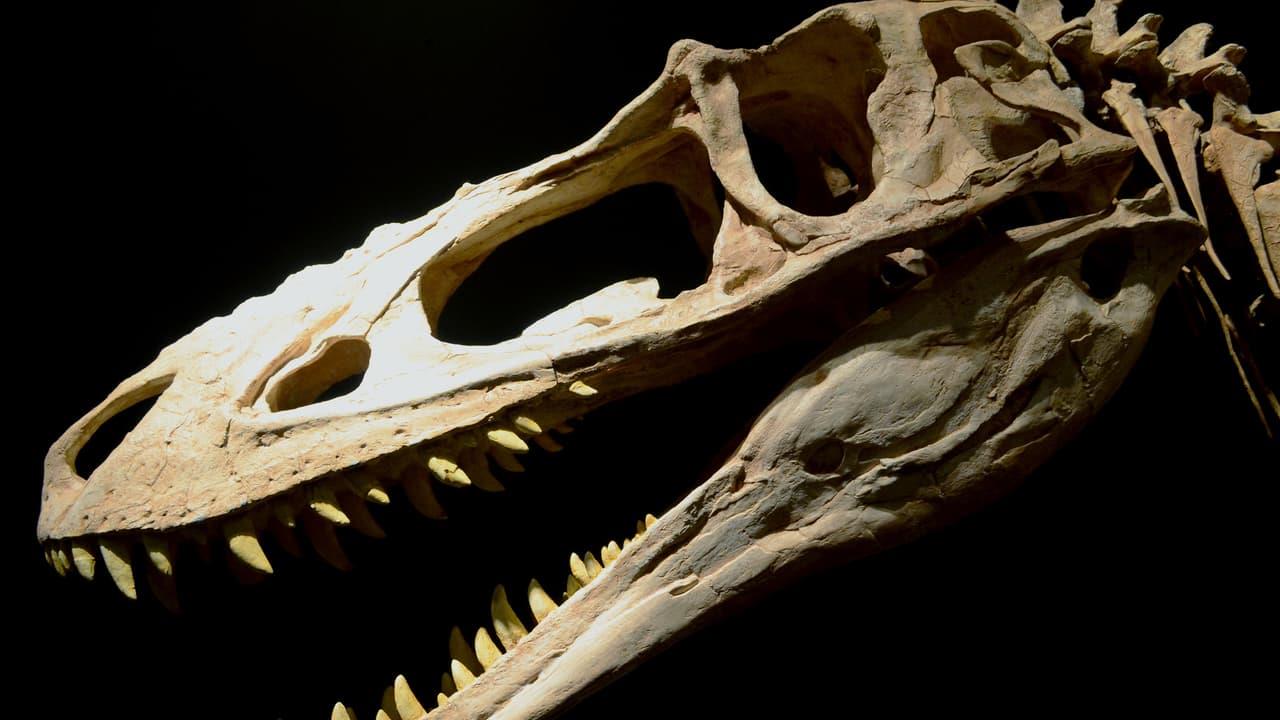Dinosaur Teeth Discovery Reveals Jurassic Life 150 Million Years Ago
What did the giant long-necked dinosaurs eat, and how did they survive in changing Jurassic landscapes 150 million years ago? A new international study has turned to an unlikely source for answers: microscopic scratches on fossil dinosaur teeth.
Researchers from Freie Universität Berlin, Kiel University, NOVA University Lisbon, and the LIB have shown that these tiny wear marks hold remarkable clues about sauropod diets, seasonal migration, and the role of climate in shaping ancient ecosystems. Their results, published in Nature Ecology and Evolution, demonstrate that even subtle patterns in tooth enamel can reveal how different species lived, fed, and shared their habitats.
Fossil Teeth as Ancient Archives
The team analyzed 322 high-resolution 3D scans of sauropod teeth from three famous fossil sites: the Morrison Formation (USA), Lourinhã Formation (Portugal), and the Tendaguru Formation (Tanzania). Each scan captured microscopic wear on enamel surfaces - traces left behind by plants chewed in the final days or weeks of a dinosaur's life.
Dr. Daniela E. Winkler, who specializes in Dental Microwear Texture Analysis (DMTA), describes the approach as“a way of reading behavior in stone.” Originally developed for studying mammals, the method is now unlocking hidden stories of Jurassic giants.
Different Dinosaurs, Different Lifestyles
The data revealed striking contrasts:
Diplodocus and its relatives (flagellicaudatans) showed highly variable wear patterns, suggesting they were generalists feeding on a wide variety of plants.
Camarasaurus specimens from both Portugal and the USA displayed remarkably uniform wear, despite seasonal climates in both regions. This consistency suggests they migrated seasonally to track their preferred food sources.
Titanosauriforms from Tanzania had teeth with unusually heavy wear. Researchers link this to abrasive sand coating local vegetation in the semi-arid Tendaguru ecosystem, where windblown quartz from nearby deserts likely damaged their teeth.
Climate as the Driving Force
The most important takeaway: climate shaped dinosaur diets more than plant variety did. Teeth from Tanzania were consistently more worn than those from Europe or North America, showing that harsh, sandy environments left a clear mark on feeding behavior.
Dr. Emanuel Tschopp notes,“These scratches allow us to talk about migration, niche use, and specialization in animals that lived 150 million years ago - ideas once thought impossible to test in dinosaurs.”
Why It Matters for Dinosaur Ecology
The findings reveal that ecological principles we see today - niche partitioning, migration, and competition avoidance - already existed in the Jurassic. Sauropods, despite their immense size, coexisted by dividing resources and adapting to different environmental pressures.
PhD researcher André Saleiro sees this as a foundation for broader work:“By linking microwear to specific paleo-environments, we can better understand how Jurassic ecosystems functioned and why so many species thrived together.”
What's Next: More Teeth, More Clues
Future research will expand the dataset to explore differences between juvenile and adult sauropods, as well as unique adaptations in dwarf species like Europasaurus from Germany. Each new fossil tooth adds to the puzzle of how dinosaurs lived, interacted, and adapted to changing climates.
As Winkler sums up:“With every new sample, we refine the method - and get closer to seeing Jurassic life not as static fossils, but as dynamic, living ecosystems.”
Legal Disclaimer:
MENAFN provides the
information “as is” without warranty of any kind. We do not accept
any responsibility or liability for the accuracy, content, images,
videos, licenses, completeness, legality, or reliability of the information
contained in this article. If you have any complaints or copyright
issues related to this article, kindly contact the provider above.
Most popular stories
Market Research

- United States Lubricants Market Growth Opportunities & Share Dynamics 20252033
- Daytrading Publishes New Study On The Dangers Of AI Tools Used By Traders
- Newcastle United Announce Multi-Year Partnership With Bydfi
- Ecosync & Carboncore Launch Full Stages Refi Infrastructure Linking Carbon Credits With Web3
- Utila Triples Valuation In Six Months As Stablecoin Infrastructure Demand Triggers $22M Extension Round
- From Zero To Crypto Hero In 25 Minutes: Changelly Introduces A Free Gamified Crash Course


















Comments
No comment